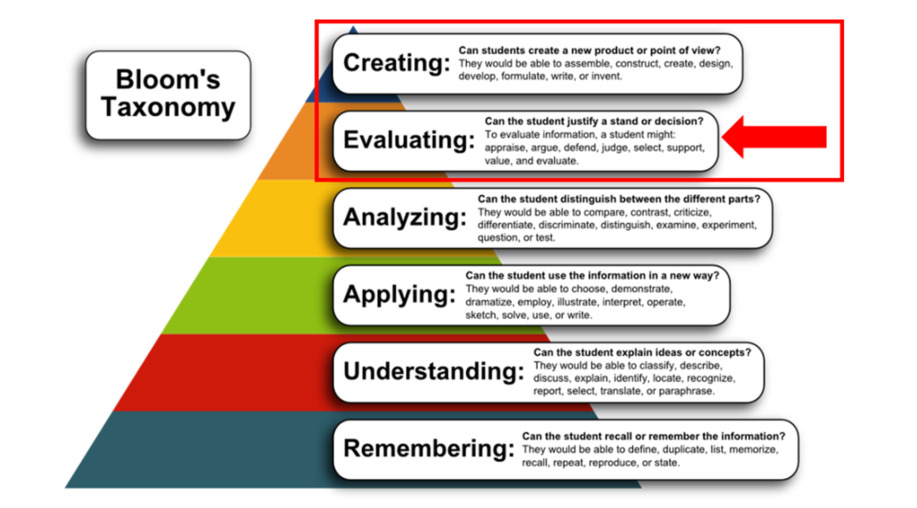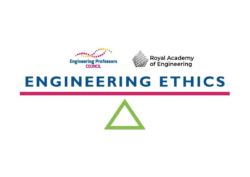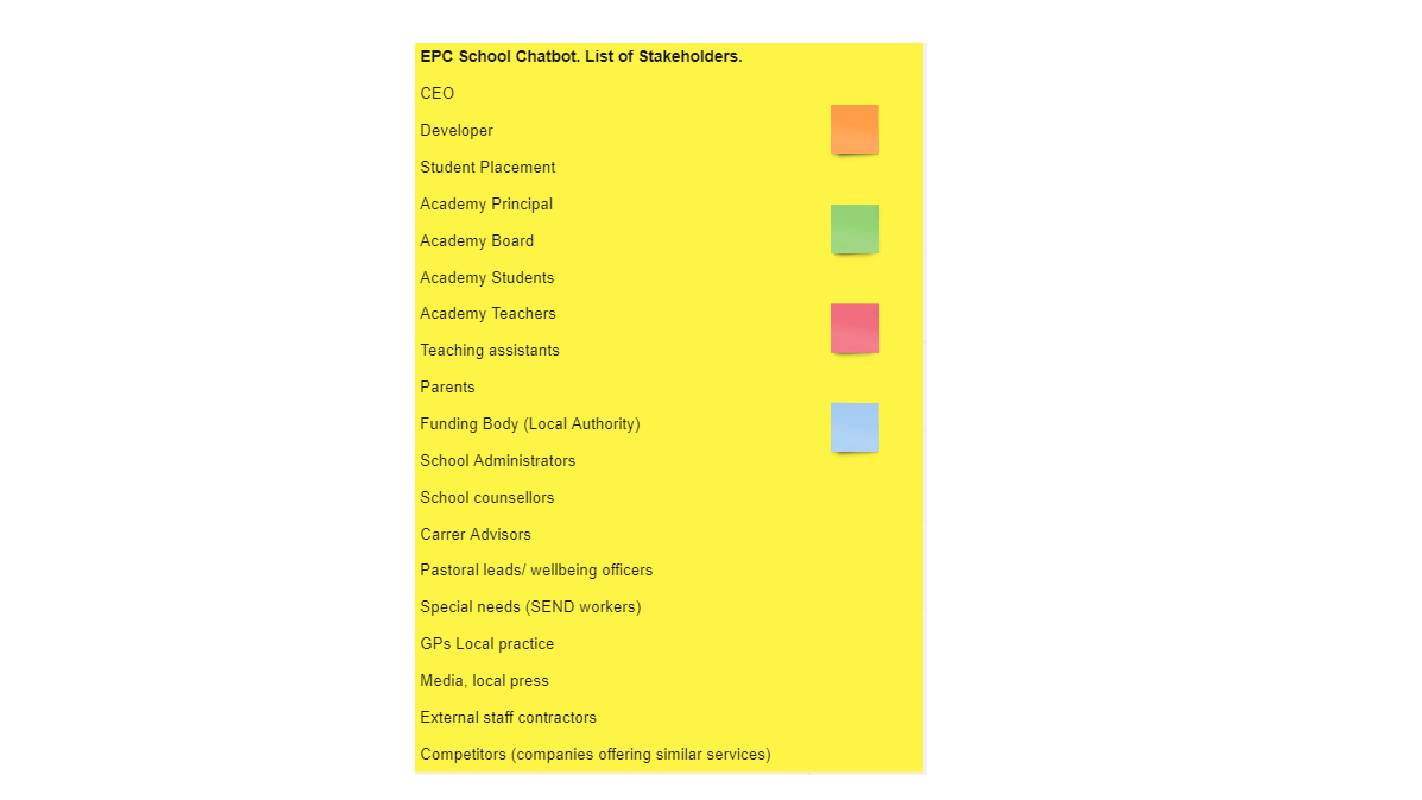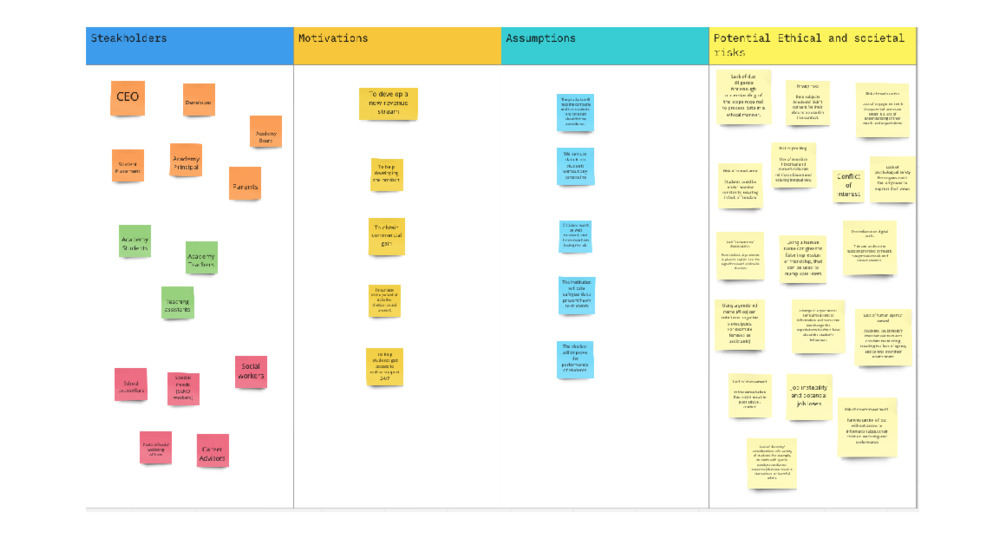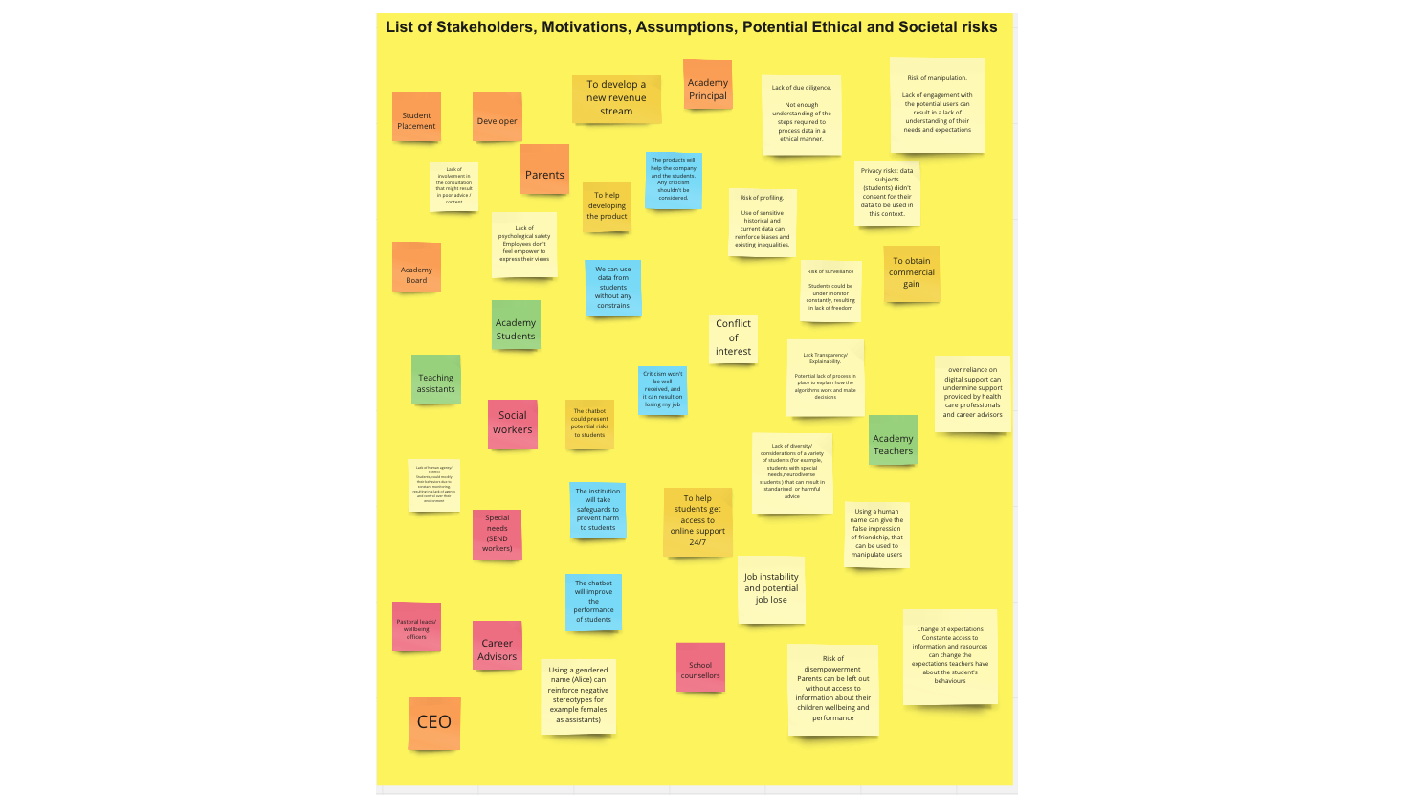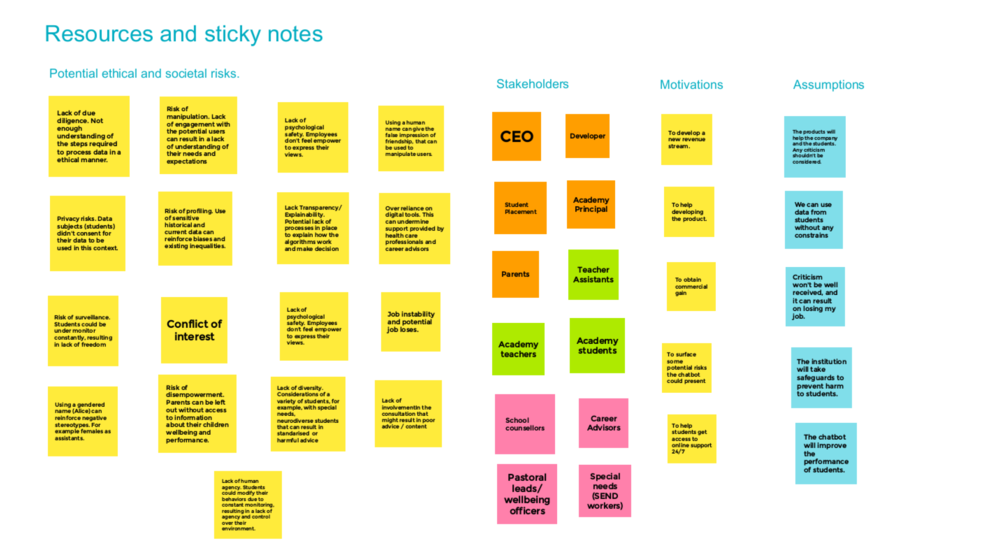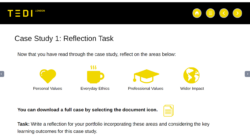 Author: Konstantinos Konstantis (National and Kapodistrian University of Athens).
Author: Konstantinos Konstantis (National and Kapodistrian University of Athens).
Keywords: Ethical theories; Societal impact; Privacy; Freedom; Security; Pedagogy; Risk.
Who is this article for? This article should be read by educators at all levels in higher education who wish to integrate ethics into the engineering and design curriculum or module design. It will also help prepare students with the integrated skill sets that employers are looking for.
Premise:
It goes without saying that the way we design and use technology plays a crucial role in our daily lives. Engineers and their decisions have a huge impact on society (Unger, 2005). Technology is presented as a very promising solution for many societal problems, such as the environmental crisis and poverty. At the same time, many ethical challenges arise. The imminent possibility of artificial intelligence (AI) and robots replacing humans in a vast array of professions, and the everyday cyber-related issues concerning privacy, freedom, property, and security, are just a few of the challenges that the information revolution has bequeathed to us. Furthermore, advances in biomedical technology and, in particular, genetic engineering and developments in reproductive procedures, raise very similar issues including the reconfiguration of the distinction between the artificial and the human. Without a consideration of ethics, engineering could be inadequately or inappropriately designed to address these challenges.
Walczak et al. (2010) assert that ethical development comes as an output of three components. First, the knowledge of ethics refers to the ability of engineers to understand what is ethical and what is not ethical. In this component belongs the understanding of the professional responsibility of engineers and of codes of ethics for engineers. Second, ethical reasoning refers to the ability of engineers to first understand ethical problems and then to deal with them. Third, ethical behaviour refers to the ethical intentions that engineers have during an ethical problem and ethical solutions that engineers provide to that problem (Walczak et al., 2010). According to Walczak et al. (2010), formal curricular experiences, co-curricular experiences, student characteristics, and institutional culture are four aspects that influence ethical development of engineering students.
However, there is a disconnection between these four aspects and ethical development. There are five obstacles that are responsible for this disconnection (Walczak et al., 2010, p. 15.749.6). First, “the curriculum is already full, and there is little room for ethics education,” second, “faculty lack adequate training for teaching ethics,” third, “there are too few incentives to incorporate ethics into the curriculum,” fourth, “policies about academic dishonesty are inconsistent,” and fifth, “institutional growth is taxing existing resources.” Among other ways to overcome these obstacles, Walczak et al. (2010, p. 15.749.9 – 15.749.10) recommend the integration of curricular and co-curricular activities. Student organisations and service learning are two examples of how to integrate ethics in engineering education effectively. For instance, student organisations could organise lectures in which engineering students have the chance to listen to engineers talk about real life ethical problems and dilemmas. Secondly, service learning is a way for engineering students to combine ethics education with their engineering practice. Participating in community service activities offers the opportunity for students to understand the role of engineers and their responsibility towards society. Finally, integrating ethics alongside technical curriculum and within the context of engineering projects can help students understand the ethical context of their work.
This is an important reason for integration, because as van de Poel and Royakkers (2011) describe, ethics helps engineers to deal with technical risks. Martin and Schinzinger (2009) show us how different subfields of engineering, such as computer and environmental engineering, could benefit from the inclusion of ethics. Baura (2006) analyses how engineers could have acted in concrete ethical dilemmas that have been presented in the past, in order not to lead to some of the engineering disasters that have happened. Martin and Schinzinger (1983) highlight engineering as “social experimentation,” requiring the need for the ethical education of engineers in order for them to be ready to take the right decisions in dilemmas they will have to deal with in the future. According to Fledderman (2011), codes of ethics of engineers and an array of ethical theories could be combined to offer ethical problem-solving techniques (for example ‘line drawing’ and ‘flow charts’) to engineers.
However, ethics should be integrated in engineering for another reason as important as those listed above. Technology not only shapes society, but it is shaped by society too. Therefore, engineering ethics should be twofold. First, engineering ethics should address ‘disaster ethics,’ and second, it should be about “the social aspects of everyday engineering practice” (Kline, 2001, p. 14). Traditionally, engineering accidents become the cause for engineers and engineering ethicists to analyse the ethical implications of technology and the ways that engineers could take decisions that will not lead to disasters again. These examples are called ‘disaster ethics’. The “social aspects of everyday engineering practice” have to do with the fact that technology is not made in a single time when an engineer has to take a serious decision that may cause an accident or not, but rather in daily and regular practice. These aspects are referring to the co-constitution of technology and society and how engineers can “deal with everyday issues of tremendous significance regarding the ethical and social implications of engineering” (Kline, 2001, p. 19).
The Engineering Council and the Royal Academy of Engineering have published the Statement of Ethical Principles, which should be followed by all engineers in the UK. Statements like this are useful to encourage engineers to act ethically. But, ethics in engineering should be integrated in the whole “engineering life”. From research to implementation, ethics should be part of engineering (Kline, 2001).
If courses relevant to engineering ethics are absent from the curriculum, engineering students take the message that ethics is not important for their education and therefore for their profession (Unger, 2005). In contrast with the claim that ethics is innate and therefore cannot be taught (Bok, 1976), ethics should be integrated in engineering teaching and practice. The fields of Science and Technology Studies (STS) and History of Technology could play a crucial role in covering the twofold aspect of engineering ethics as presented in this article. Scholars from these fields, among others, could give answers on questions such as “How do engineering practices become common, despite the fact they may be risky?” This is what Vaughan (1997), in her analysis of the Challenger disaster, calls “normalisation of deviance”. This is the only way for engineers to understand the bidirectional relationship between technology and society, and to put aside the dominant ideology of neutral technology that affects and shapes society and doesn’t get affected by it. No matter if engineers want to add ethics into the making of technology, “in choosing a solution, engineers are making an ethical judgement” (Robison, 2014, p.1).
To conclude, there are many engineering challenges that need to be addressed. Integrating ethics in engineering is one of the best ways to address these challenges for the benefit of the whole of society. This is also the way to overcome problems relevant with the difficulty to add ethics into the engineering curriculum, such as the fact that the engineering curriculum is already full. Ethics has not only to do with the way that technology affects society, but also with the fact that society shapes the way that engineers design and develop technology. If ethics is integrated in engineering education and the curriculum, students perceive that their actions in engineering are not only technical, but at the same time have to do with ethics too. They don’t perceive ethics as a separate ‘tick-box’ that they have to fill during engineering, but instead they perceive ethics as a fundamental part of engineering.
References:
Baura, G. D. (2006) Engineering Ethics: An Industrial Perspective. Academic Press.
Bok, D. C. (1976) ‘Can Ethics Be Taught?’ Change, 8(9), pp. 26–30.
Fleddermann, C. B. (2011) Engineering Ethics (4th ed.). Pearson.
Hagendorff, T. (2020) ‘The Ethics of AI Ethics: An Evaluation of Guidelines’, Minds and Machines, 30(1), pp. 99–120.
Kline, R. R. (2001) ‘Using history and sociology to teach engineering ethics’. IEEE Technology and Society Magazine, 20(4), pp. 13–20.
Martin, M. W. and Schinzinger, R. (1983) ‘Ethics in engineering’. Philosophy Documentation Center, 2(2), 101–105.
Martin, M. W. and Schinzinger, R. (2009) Introduction to Engineering Ethics. McGraw-Hill.
Poel, I. van de, and Royakkers, L. (2011) Ethics, Technology, and Engineering: An Introduction. Wiley-Blackwell.
Robison, W. L. (2014) ‘Ethics in engineering’, 2014 IEEE International Symposium on Ethics in Science, Technology and Engineering, pp. 1–4.
Unger, S. H. (2005) ‘How best to inject ethics into an engineering curriculum with a required course’, International Journal of Engineering Education, 21(3), 373–377.
Vaughan, D. (1997) The Challenger Launch Decision: Risky Technology, Culture, and Deviance at NASA. University of Chicago Press.
Walczak, K., Finelli, C., Holsapple, M., Sutkus, J., Harding, T., and Carpenter, D. (2010) ‘Institutional obstacles to integrating ethics into the curriculum and strategies for overcoming them’, ASEE Annual Conference & Exposition, pp. 15.749.1-15.749.14.
This work is licensed under a Creative Commons Attribution-ShareAlike 4.0 International License.
Any views, thoughts, and opinions expressed herein are solely that of the author(s) and do not necessarily reflect the views, opinions, policies, or position of the Engineering Professors’ Council or the Toolkit sponsors and supporters.
